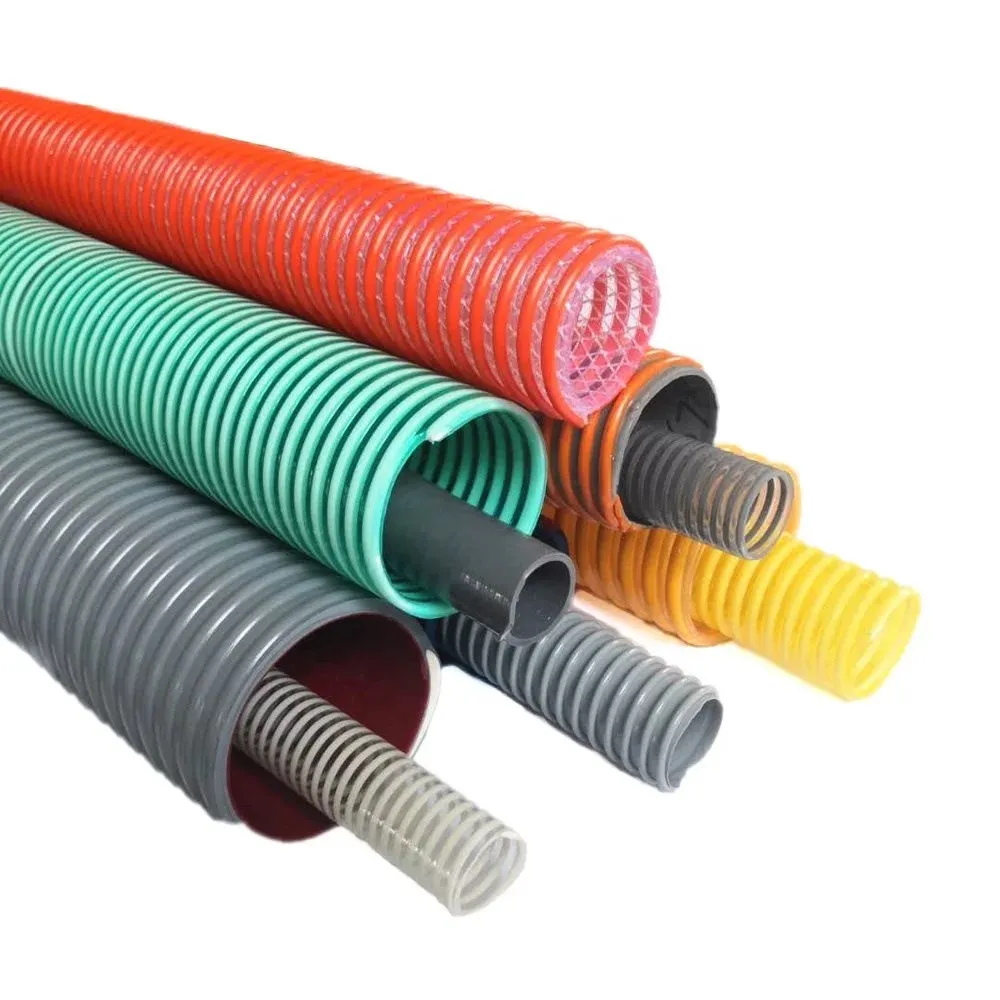Effective Methods for Garden Hose Irrigation and Watering Techniques for Your Plants
Garden Hose Irrigation A Simple Yet Effective Solution for Your Garden
Garden hose irrigation is a practical and accessible method for watering plants efficiently. Whether you are a seasoned gardener or a newcomer to the world of gardening, understanding how to make the most of your garden hose can significantly enhance your gardening experience and the health of your plants.
A garden hose is a versatile tool that can simplify the process of irrigating your yard and garden. With the right attachments and techniques, you can ensure that every corner of your garden receives the appropriate amount of water, which is crucial for plant growth. One of the primary advantages of using a garden hose for irrigation is its portability. Unlike permanent irrigation systems, a hose can be easily maneuvered to reach different areas of your garden. This means you can adjust your watering strategy based on plant needs throughout the growing season.
To begin, it's essential to select the right hose for your gardening needs. Hoses come in various lengths, materials, and diameters. A lightweight hose is easier to handle and store, while a thicker, more durable hose can withstand wear and tear from constant use. Choose a hose that is long enough to reach all areas of your garden but not too cumbersome to manage comfortably.
garden hose irrigation

Incorporating various attachments can significantly enhance the efficiency of your garden hose irrigation. A sprinkler attachment, for instance, can help distribute water evenly across a larger area, making it ideal for lawns or flower beds. For targeted watering, a soaker hose or a drip irrigation system can be connected to your main hose. This approach delivers water directly to the root zones of plants, minimizing water waste and reducing the risk of fungal diseases caused by wet foliage.
Timing is also crucial when it comes to irrigation. Watering early in the morning or late in the afternoon can reduce evaporation and allow your plants to soak up moisture more effectively. Additionally, consider the specific water requirements of different plants in your garden. Some may thrive with regular watering, while others prefer drier conditions. Adjusting your irrigation schedule accordingly will promote healthier growth and prevent issues related to overwatering.
Moreover, monitoring weather conditions can also enhance your irrigation strategy. During periods of rainfall, you may need to reduce the amount of supplemental watering. Conversely, during hot and dry spells, it may be necessary to increase your watering frequency. Using a rain gauge or a simple calendar can help you keep track of rainfall and schedule your irrigation sessions more effectively.
In conclusion, garden hose irrigation is a flexible solution that fits into any gardener's toolkit. By selecting the appropriate hose and attachments, watering at the right times, and being mindful of your plants’ needs, you can foster a thriving garden while conserving water. With a little planning and attention, your garden can flourish, showcasing vibrant colors and healthy growth that rewards your efforts.
-
Top Quality Oxy Acetylene Hoses for Sale Fit for Welding DemandsNewsJul.28,2025
-
The Future of Pneumatic Air Tubes in IndustryNewsJul.28,2025
-
Superior and Reliable LPG Hose Pipe Solutions for Every NeedNewsJul.28,2025
-
Exceptionally Durable and Versatile Premium Braided PVC TubingNewsJul.28,2025
-
Best Adapters for Connecting Garden Hose to PVC Pipe ConnectionsNewsJul.28,2025
-
The Essential Role of LPG Hoses in Safe and Efficient Gas DistributionNewsJul.16,2025














